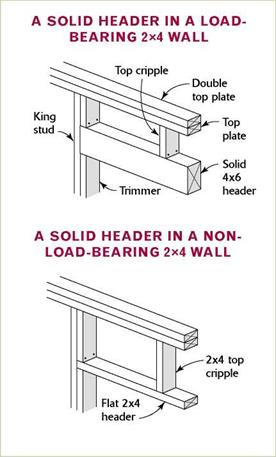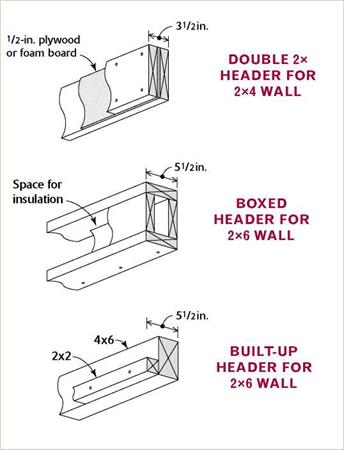Tune Up Existing Insulation
The two types of insulation that are usually found in older attics are fiberglass batts and loose-fill cellulose. For batt insulation to perform at its rated level, it must be installed snug to the ceiling surface and to the edges of the framing. Any gaps or voids reduce the insulation’s effectiveness. If the existing insulation is in good condition, it can be reused.
I tune up the insulation by tightening end joints, making sure batts are tight to the ceiling drywall, and filling in any voids with new pieces of insulation.
If I’ve decided to increase the amount of insulation with more batts, I like to bring the level of the older batts flush with the top of the joists and then install a new layer of unfaced batts running perpendicular to the joists. Placed above the joists, the cross-
(co...
read more








